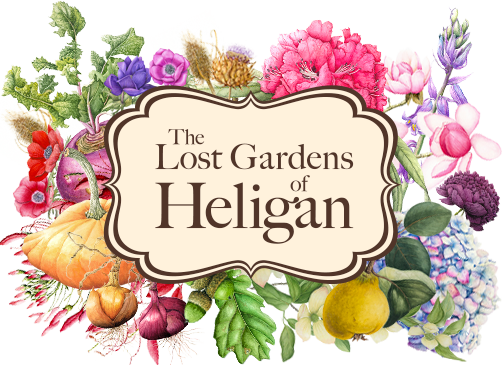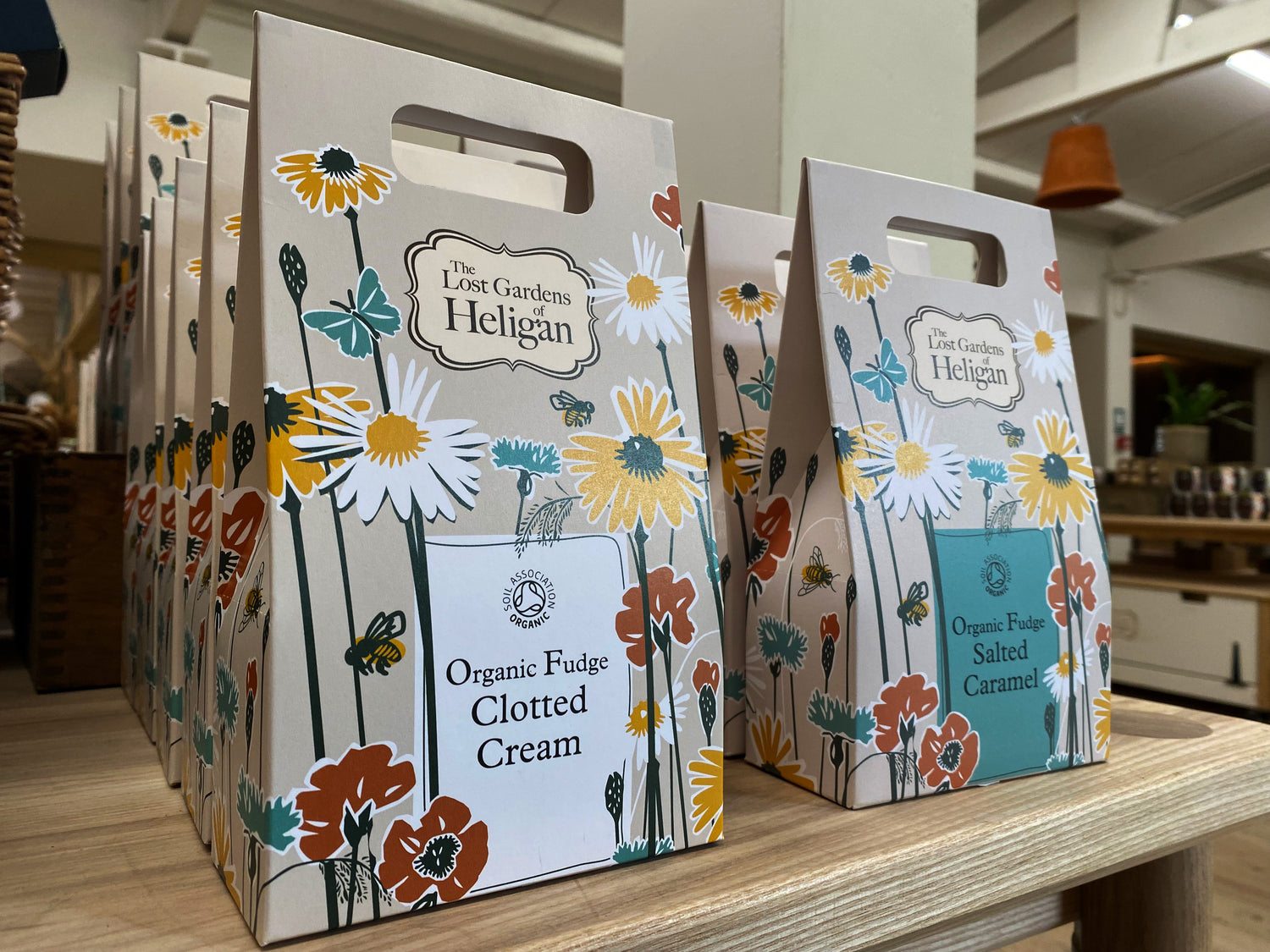Heligan Wildflower Project
In 2019, the Heligan Estate team, in partnership with the National Wildflower Centre, embarked on a project to create a large wildflower meadow that was not only exceedingly beautiful, but would also strengthen bio-diversity through an increase in pollinator numbers. The eleven and a half acre field of Valentines was transformed into an expanse of cornfield annuals that delighted Heligan's visitors, both human and pollinator alike.
As well as being beautiful, wildflowers provide nourishment for bumblebees, solitary bees, honey bees, butterflies, moths and a whole host of other pollinators. Pollinators perform a vital role in our ecosystem and they also help provide us with fruit and vegetables, like tomatoes, strawberries, broad beans and cucumbers. Having lost 97% of our wildflower meadows since 1939, our pollinator populations are in serious decline. These fields are part of Heligan’s efforts to support pollinators and to promote the biodiversity that keeps us all alive.
At the begining of April, Valentines was ploughed and rolled, before being seeded late in the month with seed bought from the National Wildflower Centre. The team worked closely with Richard Scott, the Head of the National Wildlife Centre, throughout the project. Scott provided support and advice which Manager of Gardens and Estate at Heligan, Alasdair Moore, described as "invaluable."
Despite an unfortunate drought in the following six weeks, the top third of the field grew in abundance once rain had arrived. Following its flowering, the most bountiful section of the meadow was opened to the public. A narrow path was cut through the field and dotted with interpretation boards that explained the importance of pollinators and reasons behind the project.
Finally, in mid-Sept the field was harvested, producing an impressive 250kg of seed. The process of harvesting is likely to have scattered a large amount of seed across the field which, combined with a some reflowering, would ensure that the wildflower meadow would reflower beautifully in 2020.
The project was an undoubtable success, being described by Alasdair Moore, as being "incredibly beautiful." and that "in all [his] thiry years of horticulture, it is unquestionably [his] favourite project."
Following their harvest, the seeds underwent a process of cleaning and separating, before being divided between the National Wildflower Centre for use in similar projects in Cornwall and the rest of the UK, the Heligan Estate for use in our own fields, and the Heligan Shop for sale to our visitors. These became the seeds that are available for you to purchase today.


